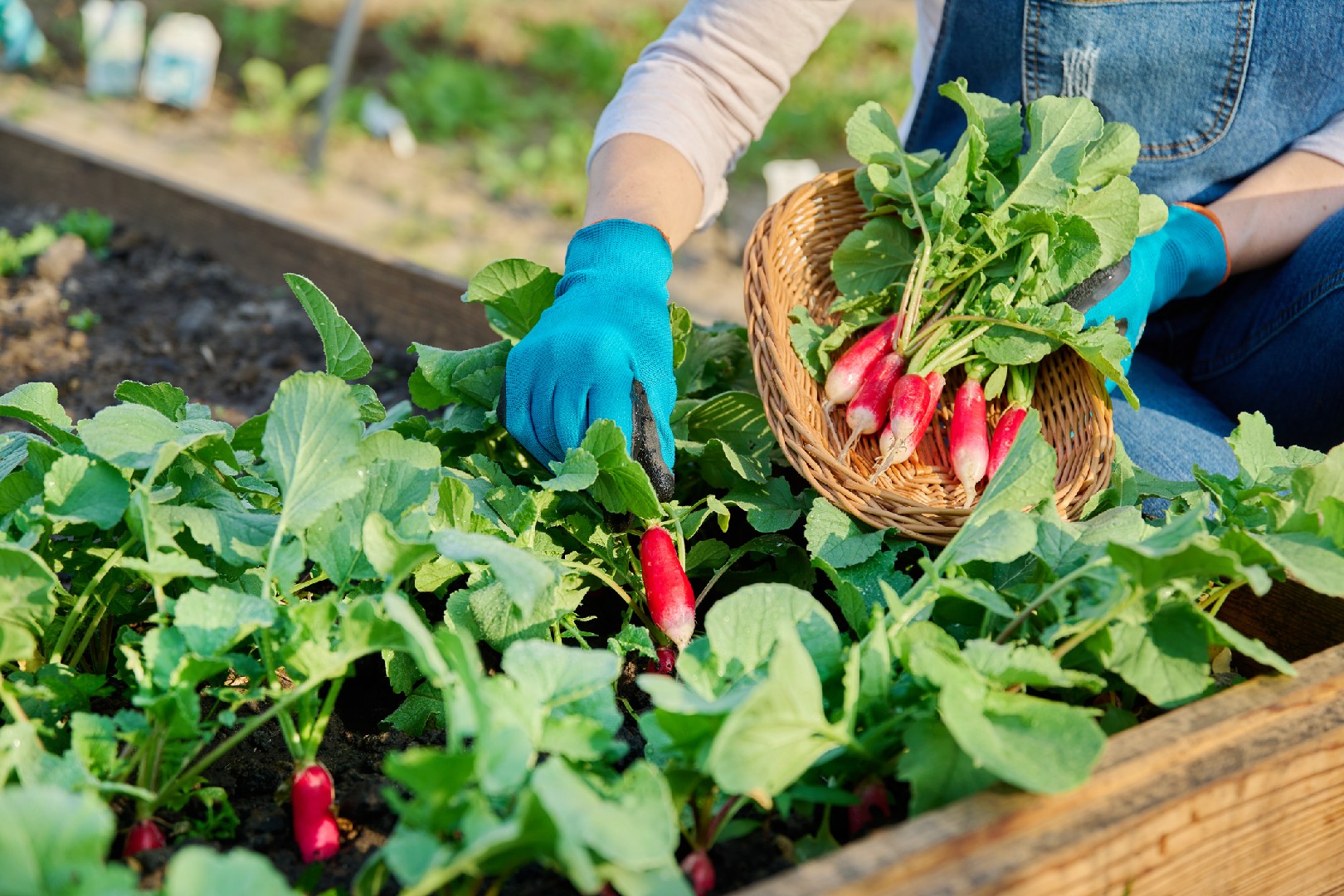![Rectangle]()
Recognizing the Perfect Harvest Time
One of the most rewarding aspects of raised bed gardening is the joy of harvesting your own fresh produce. It's important to pick your vegetables at the right time to ensure optimal taste and nutritional value. When you harvest your vegetables at their peak, you'll be rewarded with flavors that are unmatched by store-bought produce.
To determine the perfect harvest time, there are several key points to consider. The first is to understand the signs of maturity in different vegetables. Each vegetable has its own unique set of indicators, such as color change, firmness, size, and texture. Let's take a closer look at some common vegetables and how to recognize when they're ready to be harvested.
Tomatoes are one of the staple crops in many raised bed gardens. When they're perfectly ripe, their color will change from green to red, yellow, or other vibrant hues, depending on the variety. Additionally, they should feel firm but yield slightly when gently squeezed. Avoid harvesting them when they're still completely green, as they won't have reached their full flavor potential.
Another popular vegetable is the zucchini. You'll know it's ready to be picked when it reaches a length of 6 to 8 inches and has a glossy skin. If it becomes too large, it can become tough and less flavorful, so be sure to harvest it before it reaches this stage.
When it comes to leafy greens like lettuce and spinach, it's best to harvest them when the leaves are young and tender. As they mature, their texture becomes tougher and their flavor more bitter. To extend the harvest period, you can practice cut-and-come-again harvesting. This involves cutting the outer leaves while leaving the inner ones untouched, allowing them to continue growing.
Aside from looking at the physical characteristics of your vegetables, it's also important to consider seasonal and weather considerations. Some vegetables thrive in cool weather, while others prefer warmer temperatures. Understanding the preferred growing conditions of your plants will help you determine the best time to harvest.
It's worth mentioning that harvesting at the right time not only ensures the best taste and texture, but also maximizes the nutritional value of your vegetables. Produce that is harvested too early or too late may not have the same nutrient content as when it's picked at its peak.
In conclusion, recognizing the perfect harvest time is crucial for enjoying the best flavors and nutritional value from your raised bed gardens. By understanding the signs of maturity in different vegetables and considering seasonal and weather factors, you'll be able to pick your produce at just the right time. Remember, the ultimate reward of gardening is being able to savor the fruits (or vegetables) of your labor. Happy harvesting!





